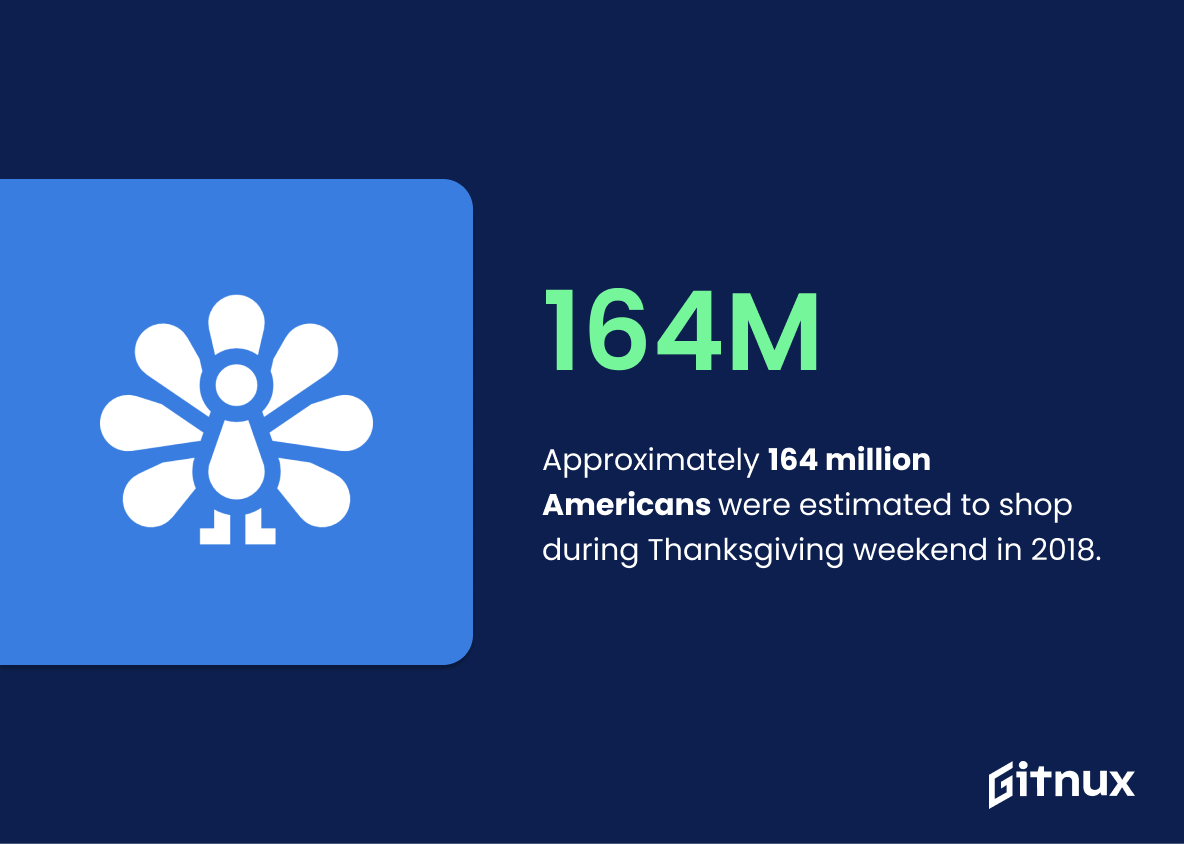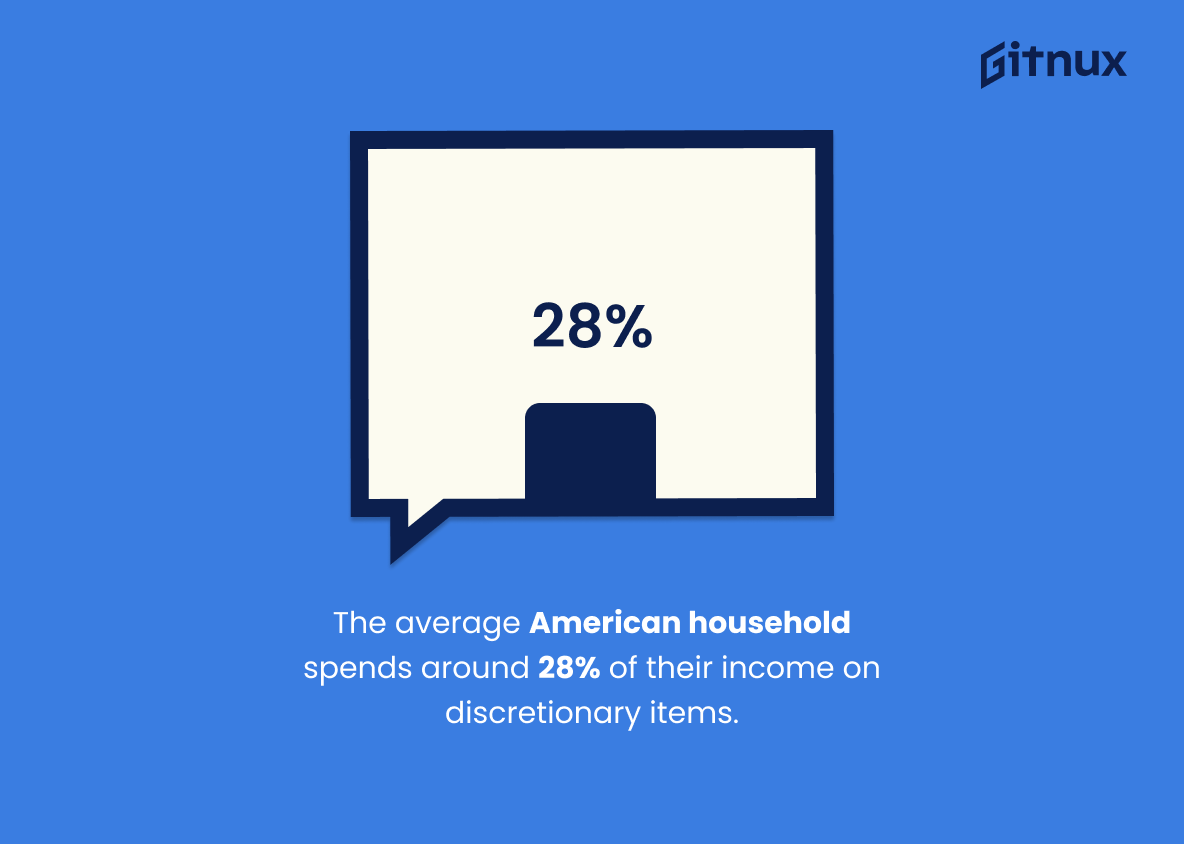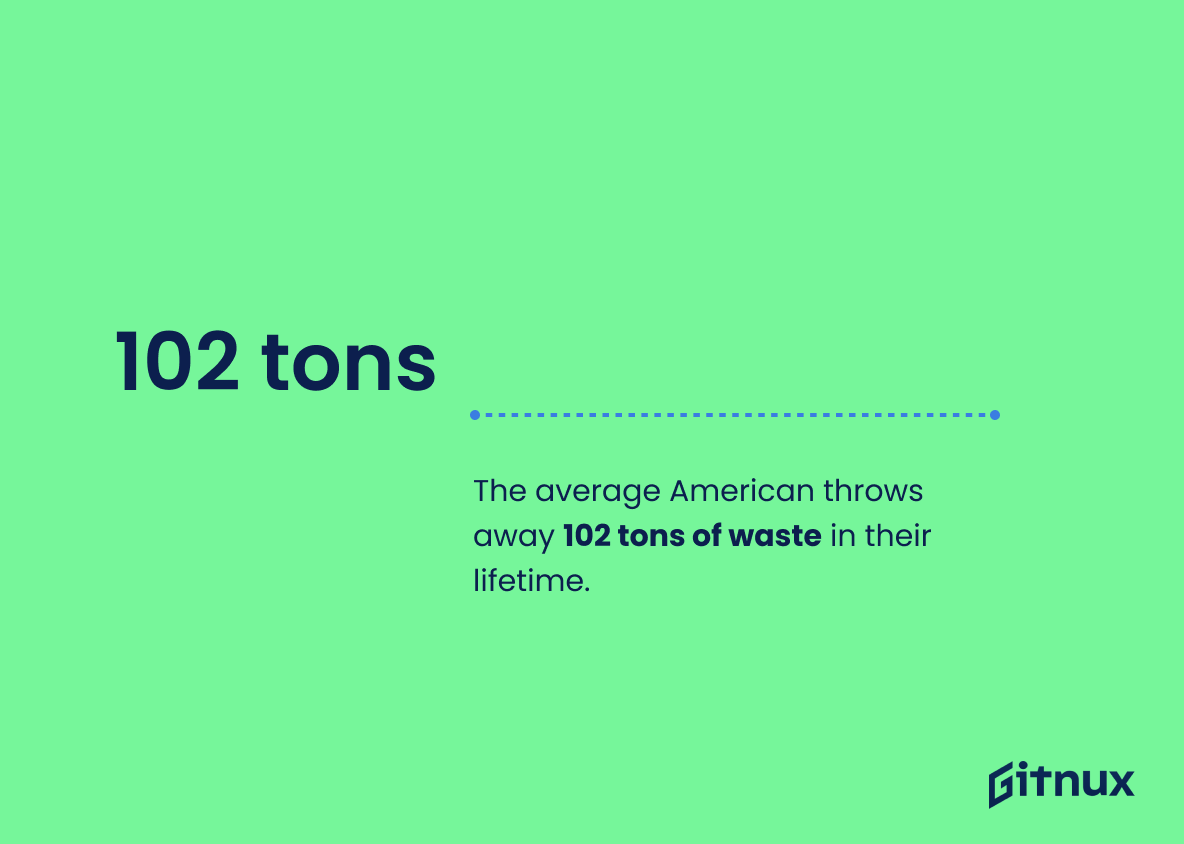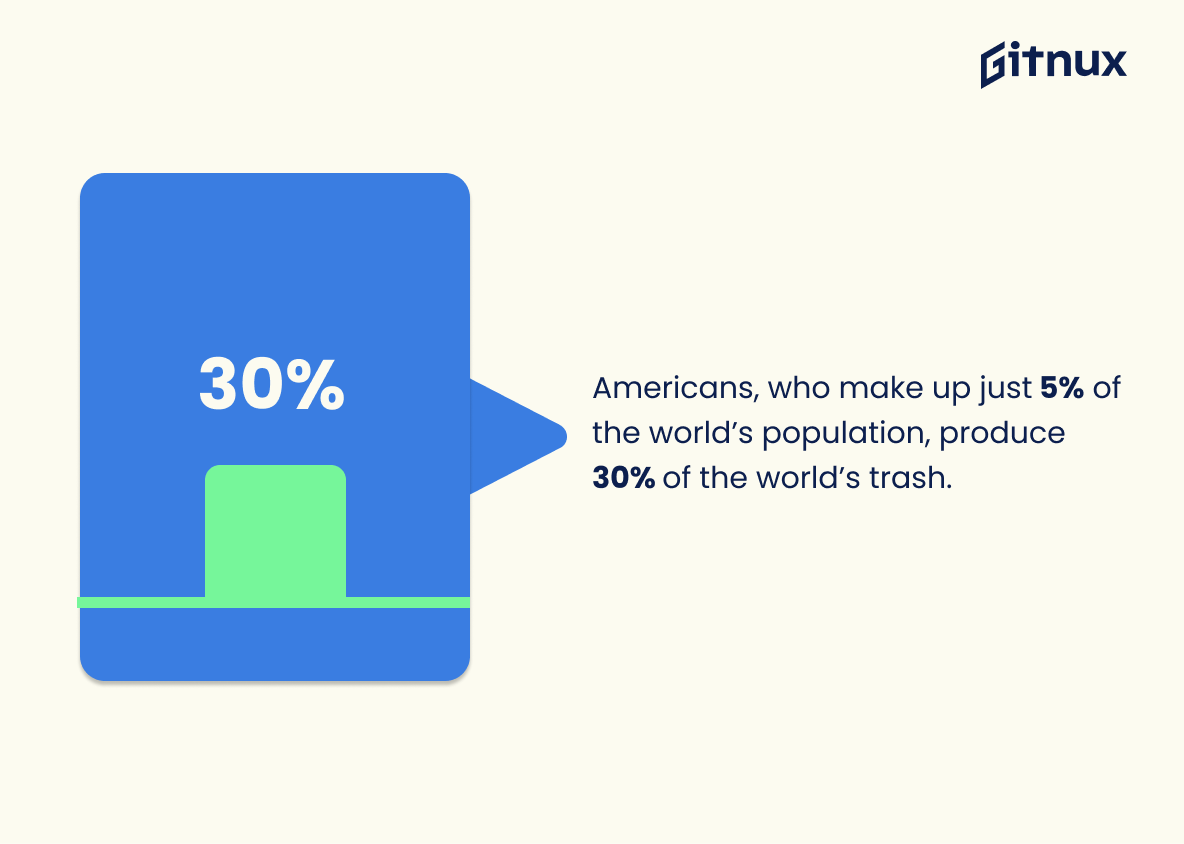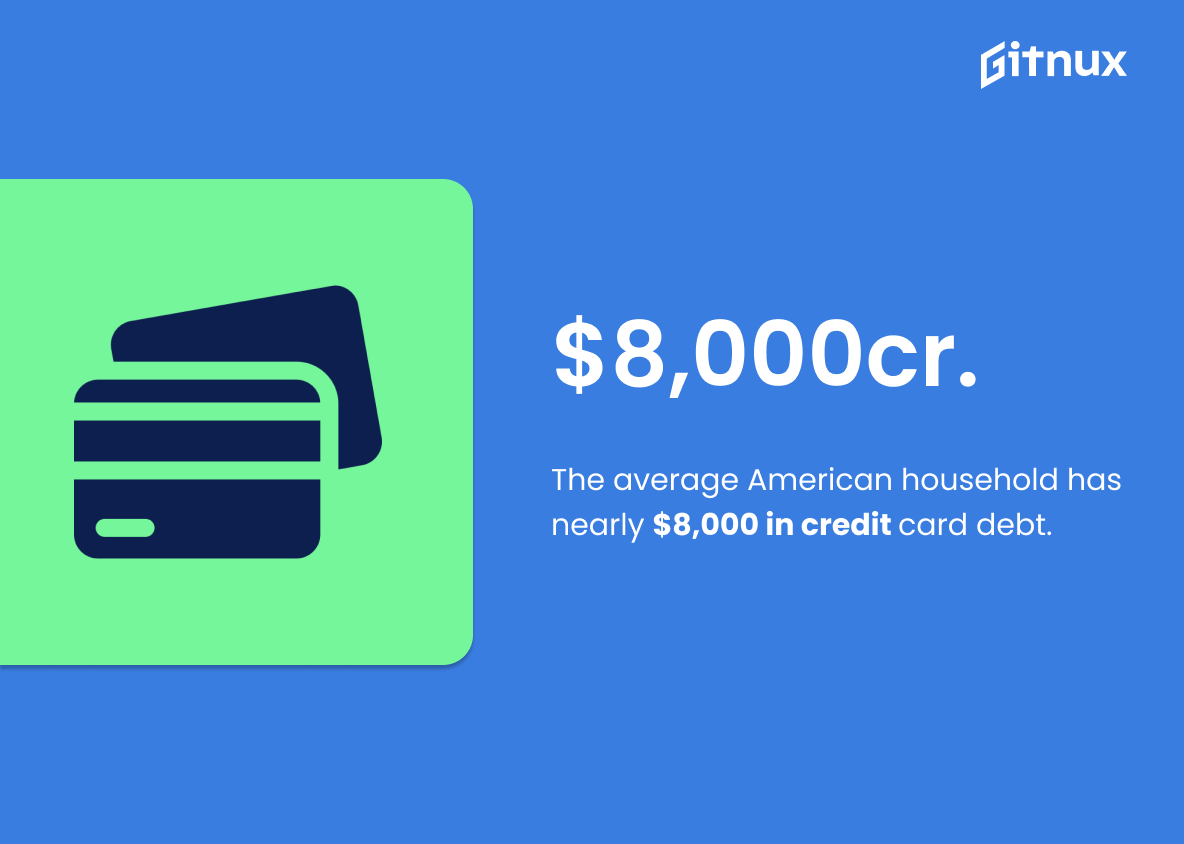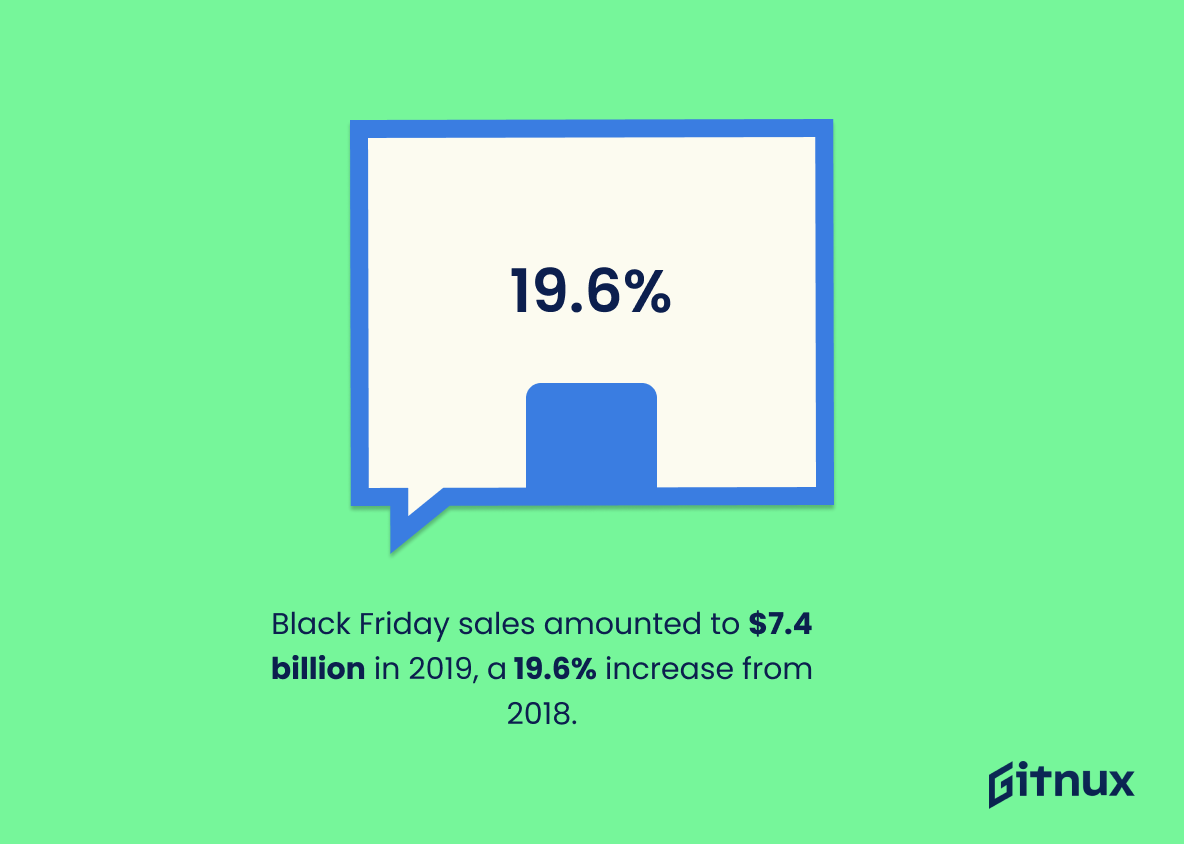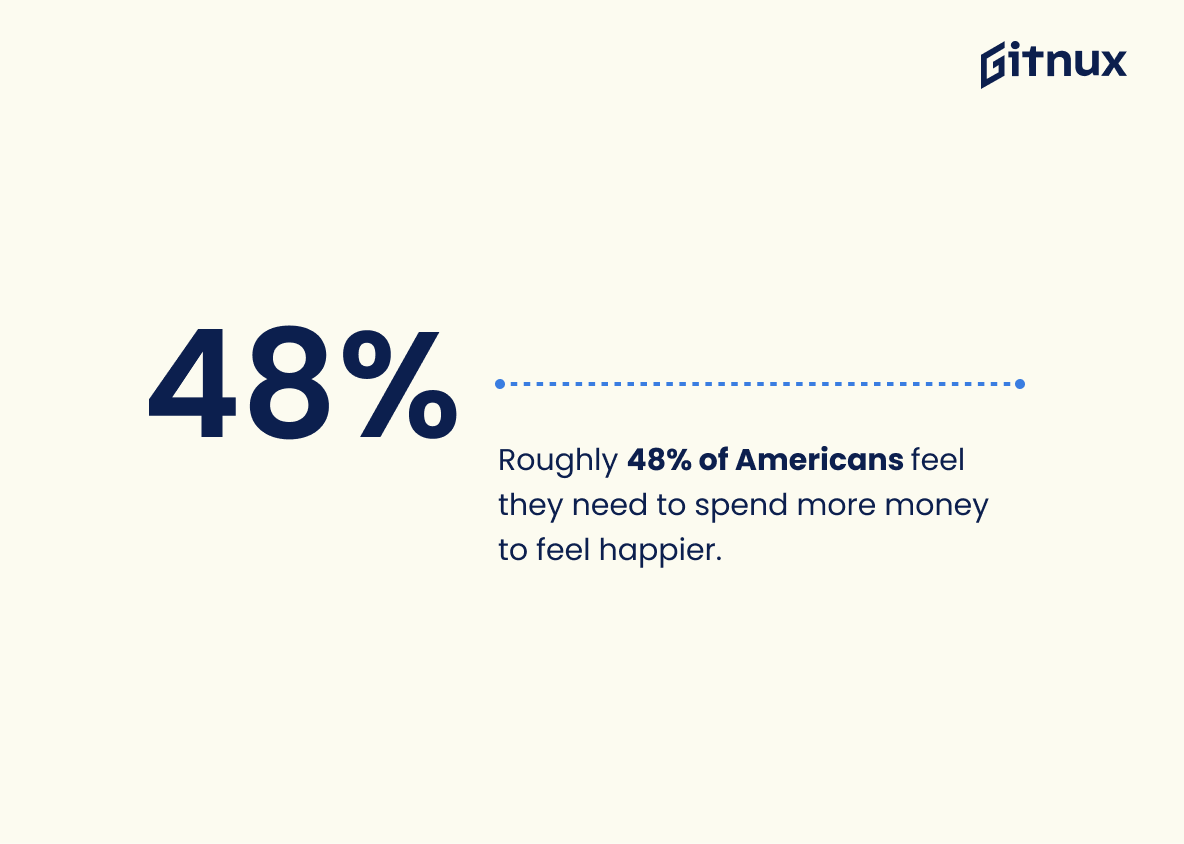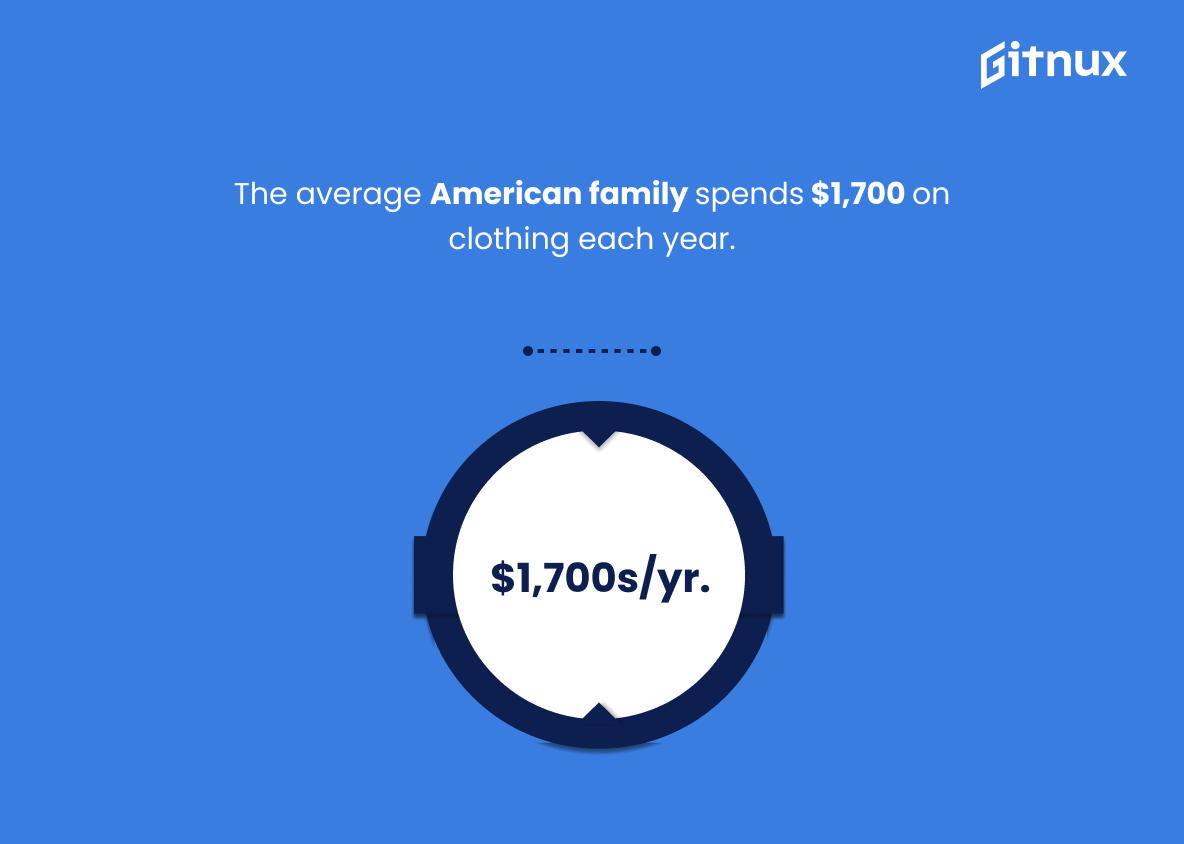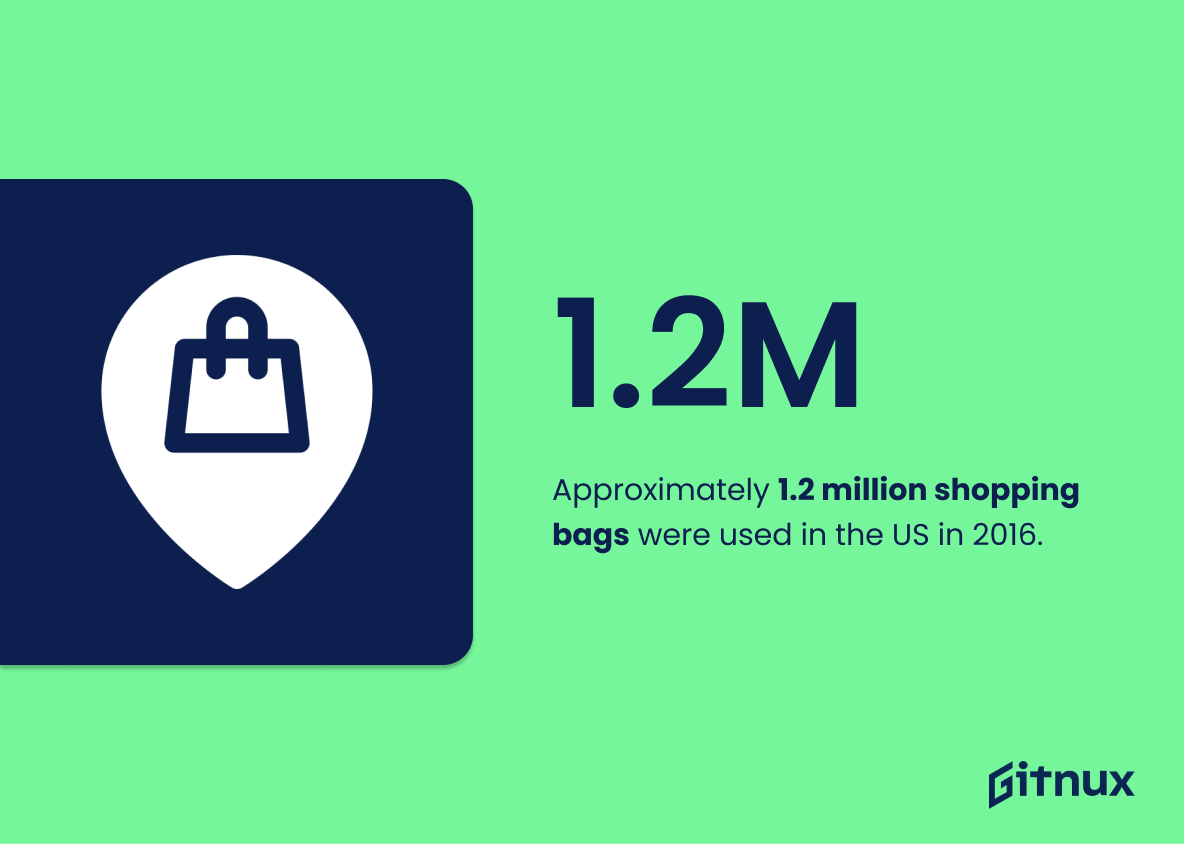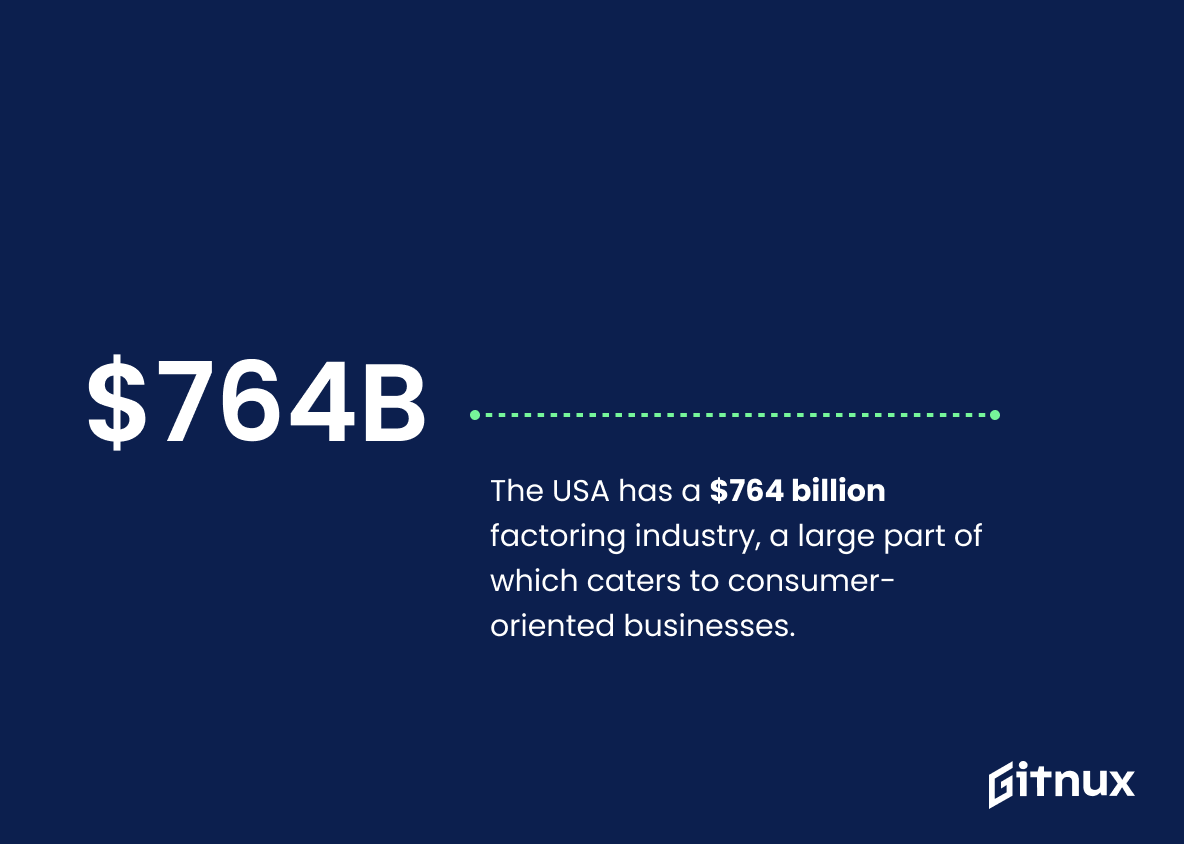Consumerism in America is a major issue that has been gaining attention over the years. From spending an average of $1.2 trillion annually on nonessential goods to having nearly $8,000 in credit card debt per household, Americans are no strangers to consumerism and its effects. In this blog post, we will be exploring some statistics about consumerism in America and how it affects our society today. We’ll look at data from sources such as Business Insider, Statista, National Geographic and more to get a better understanding of just how much money Americans spend each year on retail purchases or luxury items like clothes or eating out food; what percentage of their income goes towards discretionary items; the amount of waste produced by American households; and other interesting facts related to consumerism in America. So let’s dive right into these fascinating stats.
This statistic serves as a stark reminder of the prevalence of consumerism in America. It highlights the amount of money that is being spent on nonessential goods, which could be used for more productive purposes. This statistic is a testament to the power of consumerism in America and how it has become a major part of our culture.
In 2017, US consumers spent around $13.5 trillion on retail purchases.
This statistic is a powerful indicator of the immense influence consumerism has on the American economy. It demonstrates the sheer magnitude of money that is being spent on retail purchases, and the extent to which consumerism has become a driving force in the US economy.
Consumerism In America Statistics Overview
Approximately 164 million Americans were estimated to shop during Thanksgiving weekend in 2018.
This statistic is a telling indication of the prevalence of consumerism in America. It shows that despite the holiday season, Americans are still driven to shop and consume, demonstrating the power of consumerism in the country.
The average American household spends around 28% of their income on discretionary items.
This statistic is a telling indication of the prevalence of consumerism in America. It shows that a large portion of the average American household’s income is being spent on items that are not essential for survival, but rather for pleasure or convenience. This statistic is a reflection of the culture of consumerism that has become so pervasive in the United States, and it is an important factor to consider when discussing the effects of consumerism in America.
The average American throws away 102 tons of waste in their lifetime.
This statistic serves as a stark reminder of the sheer amount of waste generated by the average American in their lifetime. It highlights the need for more sustainable consumer habits in order to reduce the amount of waste produced and its impact on the environment. It is a powerful illustration of the consequences of unchecked consumerism in America.
Americans, who make up just 5% of the world’s population, produce 30% of the world’s trash.
This statistic serves as a stark reminder of the excessive consumerism that is rampant in America. It highlights the fact that Americans are producing an outsized amount of waste compared to the rest of the world, which is a direct result of their consumerist habits. This statistic is a powerful illustration of the need for Americans to become more mindful of their consumption and to reduce their environmental footprint.
The USA is the world’s largest consumer market, with household final consumption expenditure five times larger than Japan’s.
This statistic serves as a powerful reminder of the sheer magnitude of consumerism in the United States. It highlights the fact that the US is the world’s largest consumer market, and that American households spend five times more than those in Japan. This is a stark illustration of the extent to which consumerism has taken hold in the US, and serves as a reminder of the need to be mindful of our consumption habits.
The average American household has nearly $8,000 in credit card debt.
This statistic serves as a stark reminder of the prevalence of consumerism in America. It highlights the fact that many households are relying on credit cards to purchase items they may not be able to afford, leading to a cycle of debt and financial insecurity. This statistic is a powerful indicator of the need for greater financial literacy and responsible spending habits in the US.
Black Friday sales amounted to $7.4 billion in 2019, a 19.6% increase from 2018.
This statistic is a telling indication of the power of consumerism in America. It shows that despite economic uncertainty, Americans are still willing to spend large amounts of money on Black Friday, demonstrating the strength of the consumer culture in the country. This statistic is a powerful reminder of the importance of consumerism in the American economy and culture.
Roughly 48% of Americans feel they need to spend more money to feel happier.
This statistic speaks volumes about the state of consumerism in America. It suggests that a large portion of the population is relying on material possessions to bring them joy, rather than finding it in other aspects of life. This statistic is a stark reminder of the power of consumerism in our society and how it has become a major factor in determining our happiness.
The amount of debt US households hold is over $14.5 trillion.
This statistic serves as a stark reminder of the staggering amount of debt that US households are burdened with, highlighting the prevalence of consumerism in America. It paints a vivid picture of the financial strain that many Americans are facing, and the need for greater financial literacy and responsibility.
The average American family spends $1,700 on clothing each year.
This statistic serves as a stark reminder of the prevalence of consumerism in America. It highlights the amount of money that is being spent on clothing each year, which is indicative of the culture of consumerism that has become so pervasive in the United States. This statistic is a powerful reminder of the need to be mindful of our spending habits and to be conscious of the impact that our purchases have on the environment and our wallets.
Approximately 1.2 million shopping bags were used in the United States in 2016.
This statistic serves as a stark reminder of the sheer amount of consumerism that takes place in the United States. It highlights the fact that Americans are using an enormous amount of shopping bags each year, which is indicative of the amount of goods they are purchasing. This statistic is a powerful illustration of the consumer culture that exists in the United States and the impact it has on the environment.
Only 9% of plastic ever made has been recycled.
This statistic serves as a stark reminder of the devastating effects of consumerism in America. It highlights the fact that despite the efforts of many to reduce plastic waste, the majority of it is still ending up in landfills and oceans. This statistic is a call to action for individuals and businesses to take responsibility for their consumption and to make more sustainable choices.
The USA has a $764 billion factoring industry, a large part of which caters to consumer-oriented businesses.
This statistic serves as a testament to the sheer size and scope of consumerism in the United States. It highlights the fact that a large portion of the US economy is devoted to catering to consumer-oriented businesses, demonstrating the importance of consumerism in the US economy.
Conclusion
The statistics presented in this blog post demonstrate the immense impact of consumerism on American society. From spending an average of $1.2 trillion annually on nonessential goods to having a factoring industry worth over $764 billion, it is clear that Americans are heavily invested in consuming and buying products. Furthermore, with only 9% of plastic ever made being recycled and 1.2 million shopping bags used each year, there is also evidence that consumerism has had a negative environmental effect as well. It appears that while consumerism can be beneficial for businesses and individuals alike, its effects must be carefully monitored so they do not become too detrimental to our planet or economy.
References
0. – https://www.rubiconglobal.com
1. – https://www.nationalgeographic.com
2. – https://www.fred.stlouisfed.org
3. – https://www.businessinsider.com
4. – https://www.nrf.com
5. – https://www.cnbc.com
6. – https://www.treehugger.com
7. – https://www.creditloan.com
8. – https://www.forbes.com
9. – https://www.advances.sciencemag.org
10. – https://www.nerdwallet.com
11. – https://www.factoring.org
12. – https://www.statista.com
13. – https://www.worldbank.org
